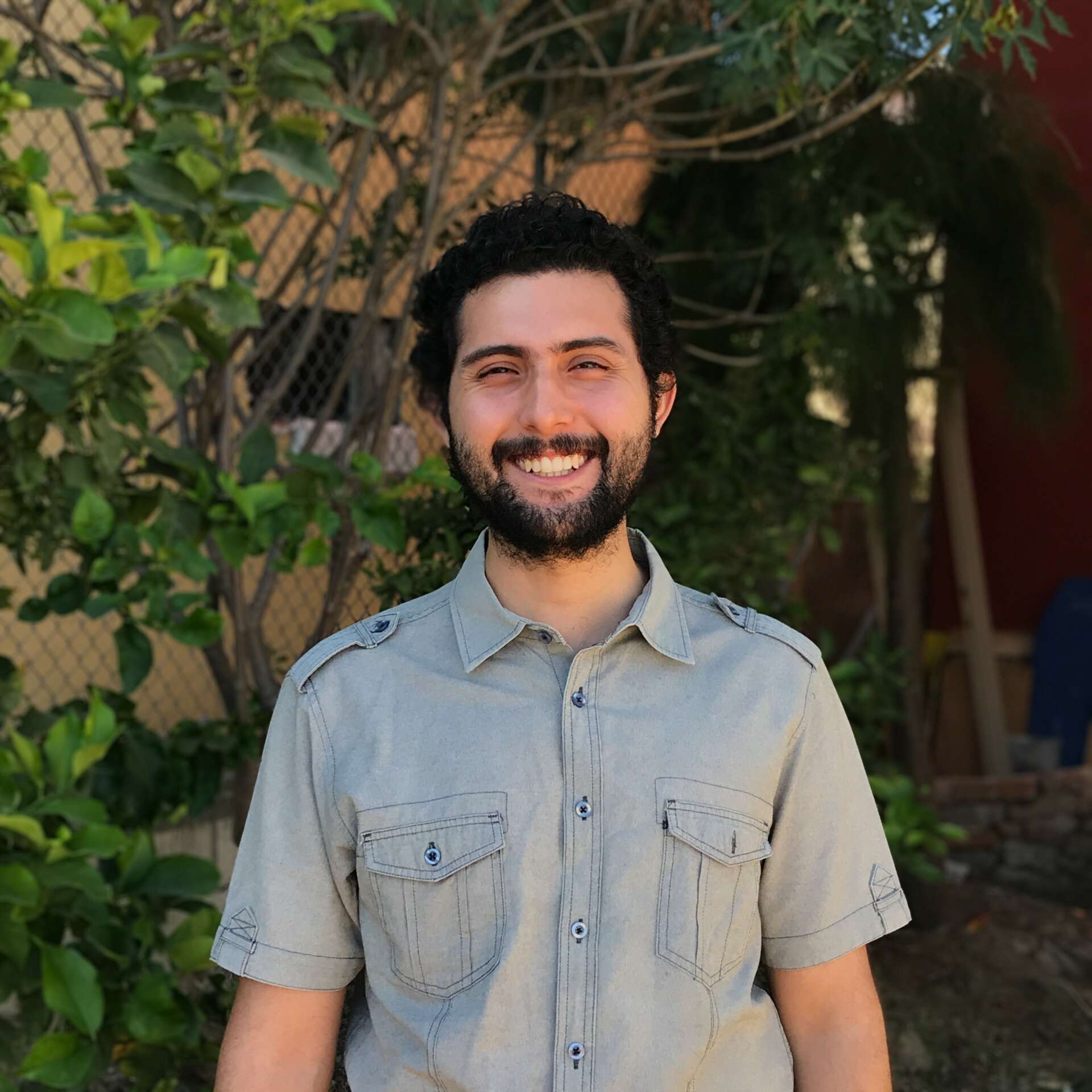We were lucky to catch up with Flavio Vela recently and have shared our conversation below.
Hi Flavio, thanks for joining us today. It’s always helpful to hear about times when someone’s had to take a risk – how did they think through the decision, why did they take the risk, and what ended up happening. We’d love to hear about a risk you’ve taken.
I think the whole ceramic practice is a big risk taking. You could spend days building a piece, choosing carefully the glazes and applying them correctly, and even doing that it wont guarantee a good result in the end.
Sometimes I feel like each step is a gamble, maybe is my way of doing this craft by trying to experiment each time I make a new piece. I think that is why commissions and personal requests don’t suit me well.
I remember a few years ago a client asked for a dog shaped mug. That day I had bought some new glazes and wanted to try them out. Long story short the glazes ran like watercolor and made it look like the dog was melting. I had to make the mug again.
Lately I’ve been experimenting with glaze making and trying my own recipes. and that has me occupied the last months. I think I made around 70 glazes, most of them fails or variations of the same base. I ended up with some really good ones and decided to make a series of ceramic characters to try them.
I know that risking hours of work just to try something new or changing the “good results” formula could sound as a bad idea, but I take it as challenge, maybe I’ll discover a new way of doing things.
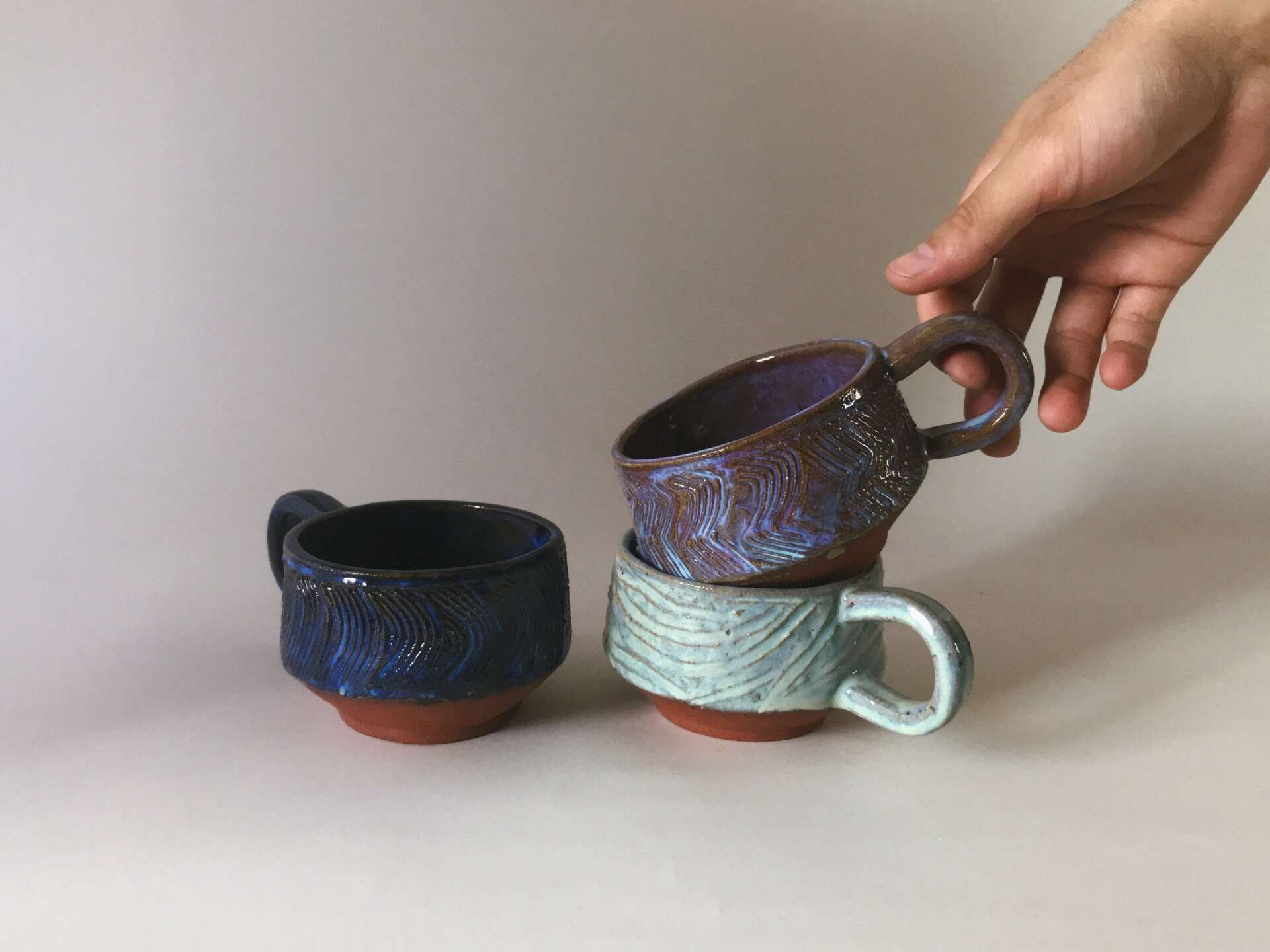
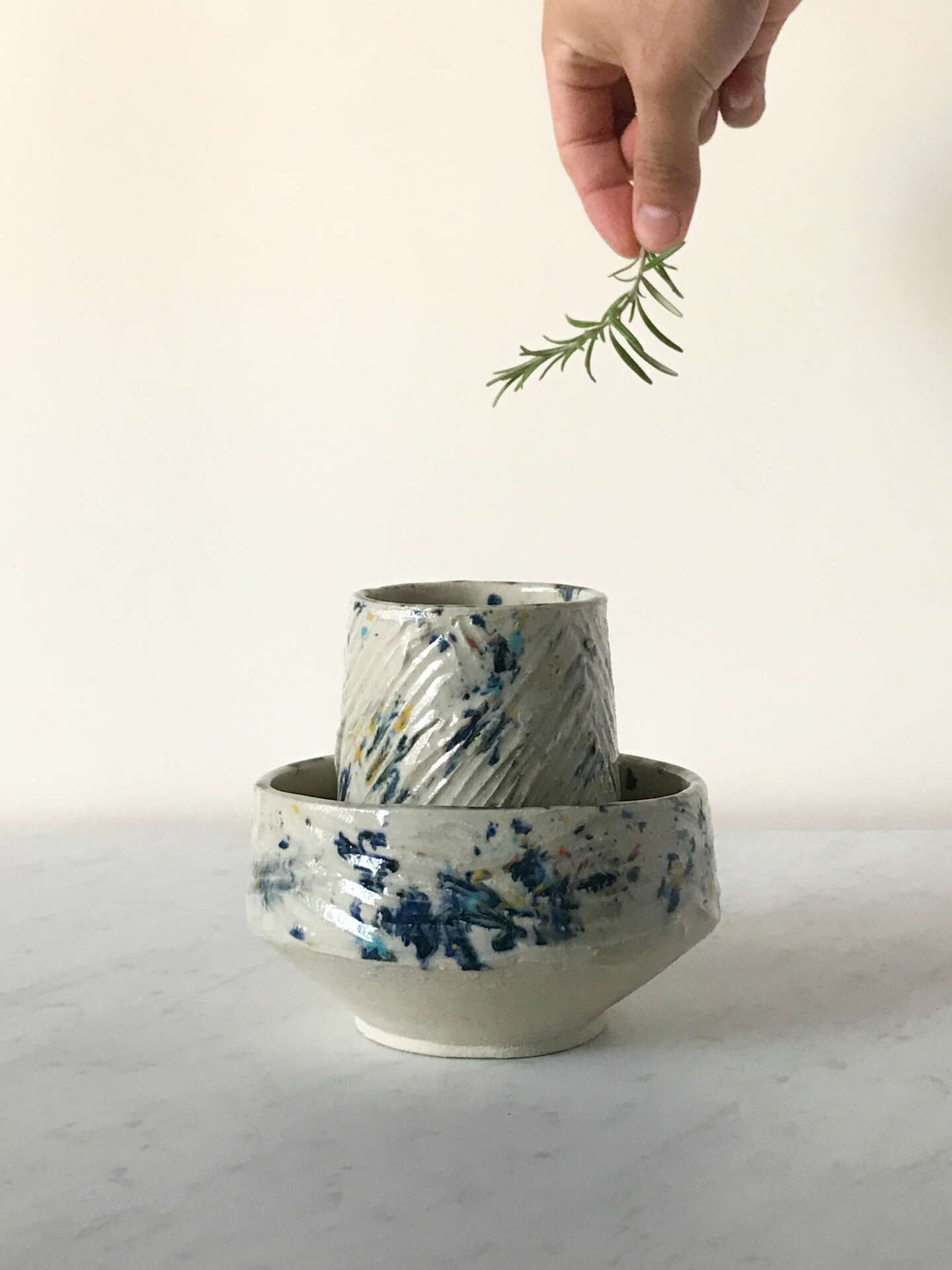
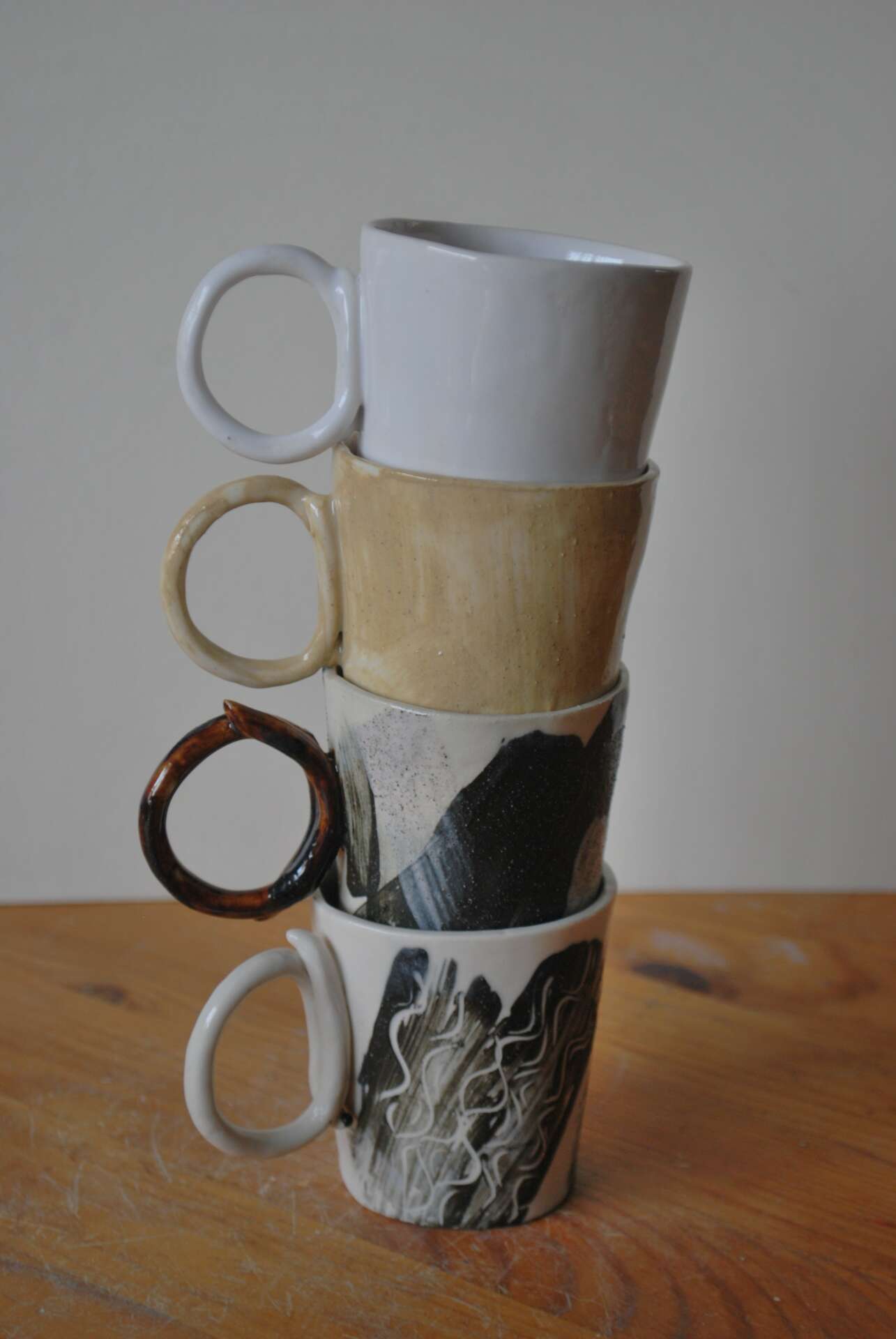
Awesome – so before we get into the rest of our questions, can you briefly introduce yourself to our readers.
I coursed the industrial design career in Guadalajara, when I returned to Tijuana wasn’t sure what to do next. While finding job and doing social service, I joined the ceramic workshop of Gabriela Escarcega called “Taller Puerta roja”. It was that year that made me want to focus on ceramics. After that I continued by myself experimenting, trying different methods of practicing the craft.
My practice tilts more by trying to solve design situations. As in all crafts, there’s major aspects that rule conditions of the design, for example in ceramics the shrinkage rate or the impact resistance of the clay.
Something that is mostly overlook is the amount of time which involves making a ceramic piece. Not only for making physically the object, but also the time invested in the concept development, slow drying the piece, firing the kiln (which it is around 8 hours), glazing and firing again in high temperature to finally vitrify the clay. That’s why I ask for at least 3 weeks when making a commission.
For the last couple of months my work changed drastically from a rigid (in my opinion) utilitarian designs to a more flexible artistic pieces. I feel them more free and spontaneous. I’m exited for what this path will take me.


Learning and unlearning are both critical parts of growth – can you share a story of a time when you had to unlearn a lesson?
Definitely to be more open minded when making a concept for a project. I used to try to solve the problem the most efficient way in all matters but always felt short when the project was done. Something was missing and took me some introspecting of my creative process.
What I found helpful is to think without limitations, even if the idea is ridiculous just write it down and keep it. Later in the design process you could add specifications that will shape that weird idea into something special.
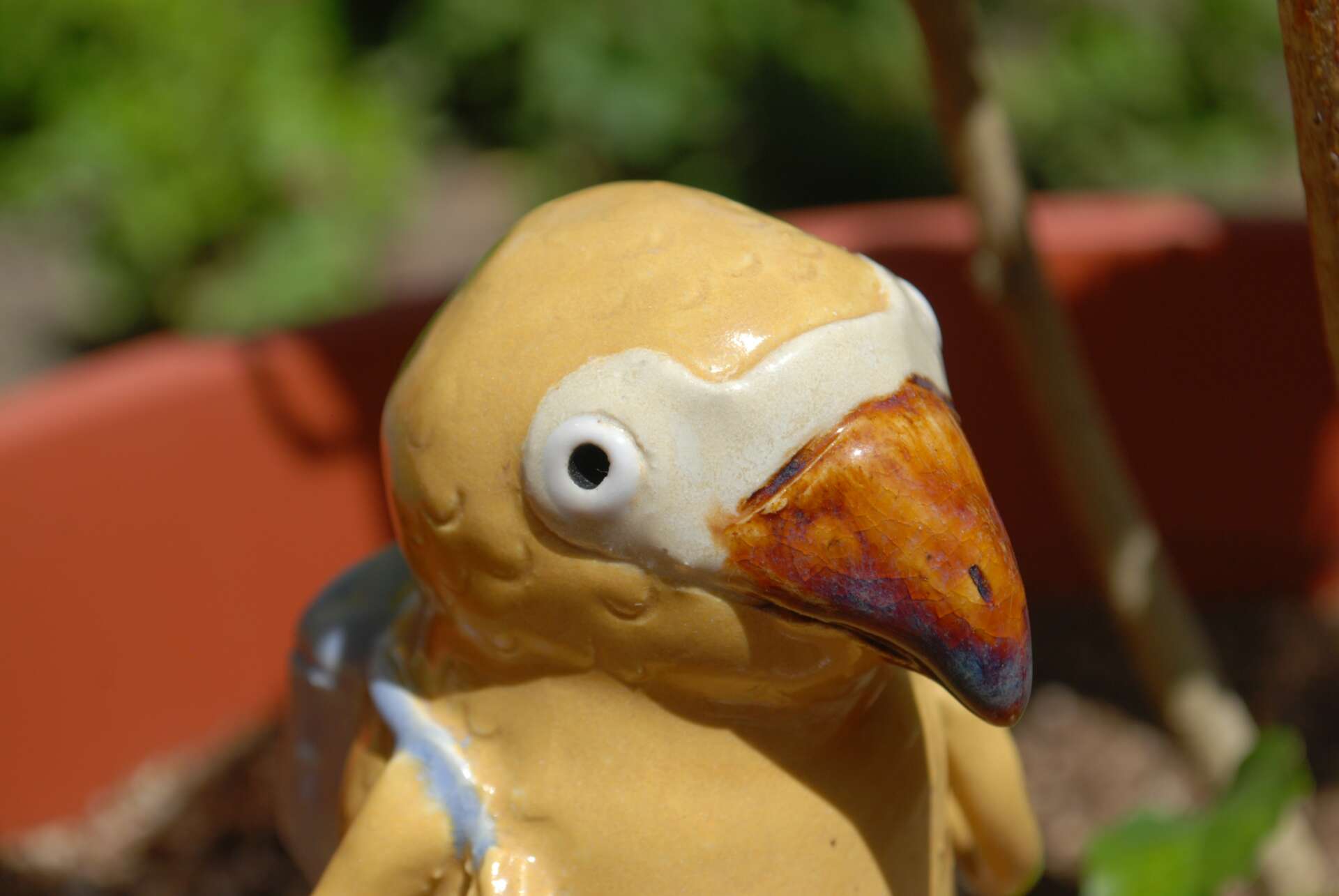
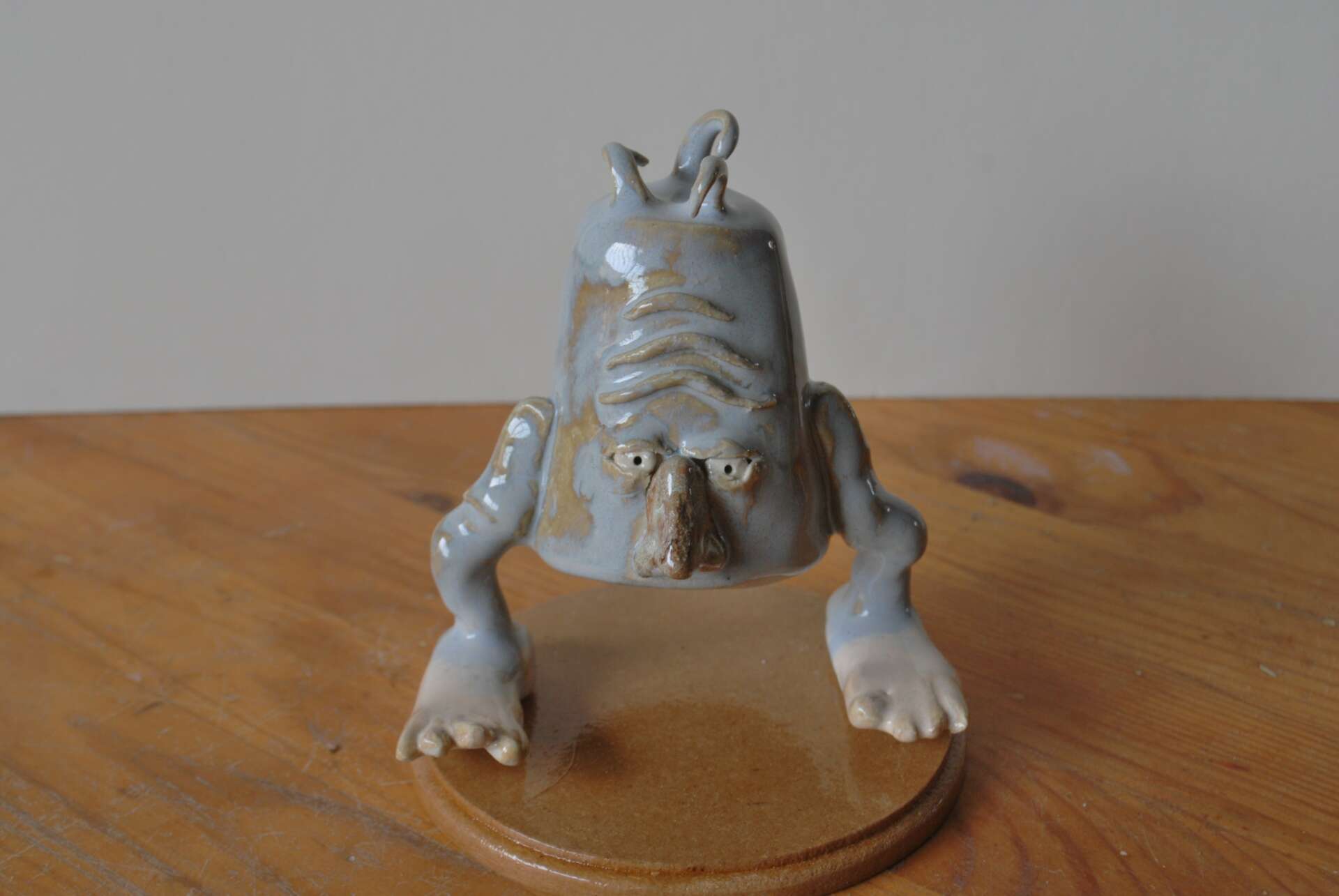
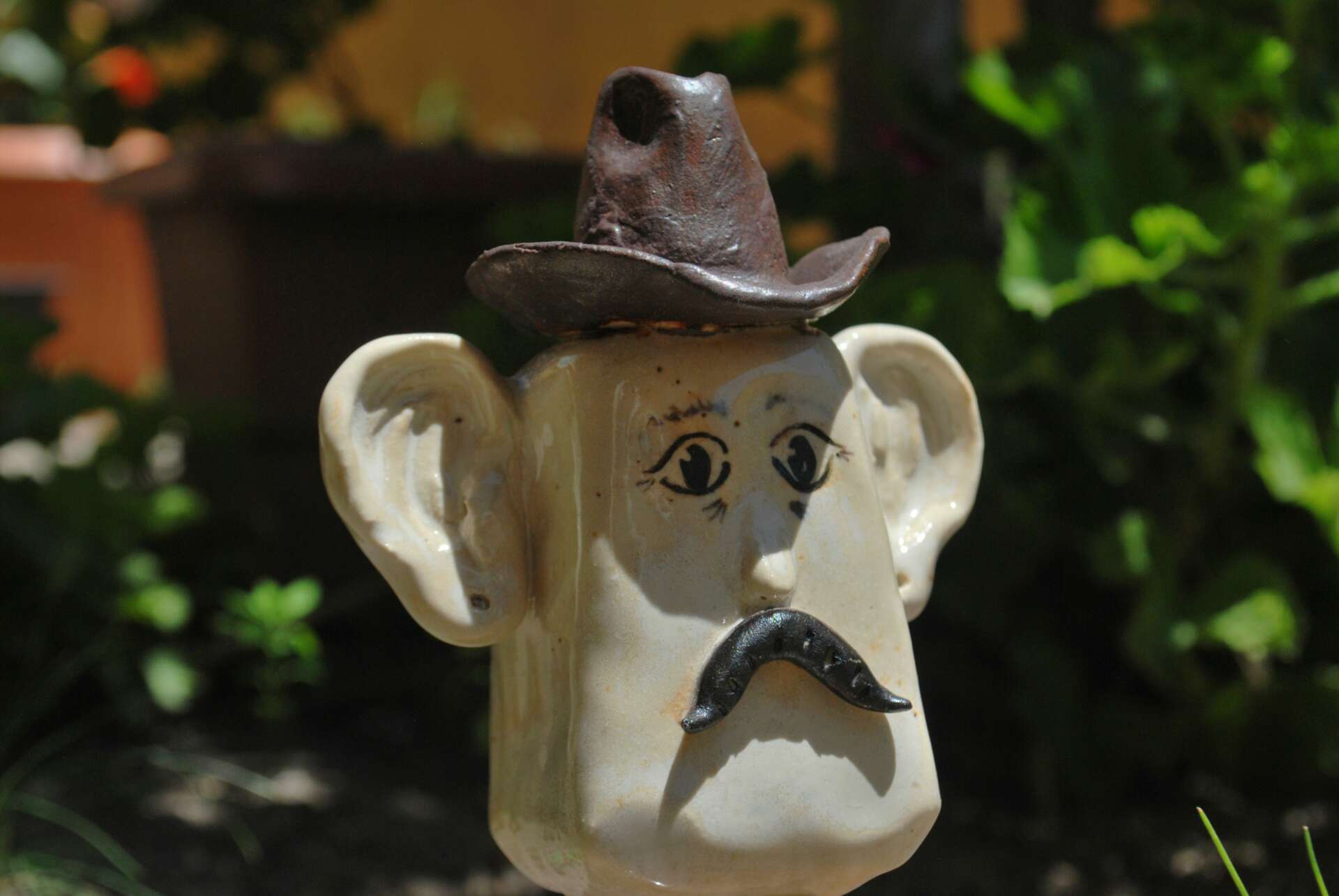
Do you think there is something that non-creatives might struggle to understand about your journey as a creative? Maybe you can shed some light?
In the short time I’ve been working as a ceramic teacher, I’ve stumbled with a lot of students that arrive to the class thinking they are not creative. My guess is that we conceive creativity with painting, movies or art in general. But people solve problems day by day with a lot of creative manners. Its just the focus of the creativity that is, in my opinion, mostly misunderstood.
Take a problem to solve and the sum of two or more concepts and there, you could have a creative solution in seconds.
Like everything in life, you have to practice. And creativity is something that has to be burnished by changing the way we do things, experimenting, failing and trying again.
Just remember to be flexible, some projects need to be efficient (time, resources, money) and some will ask for craziness.
Contact Info:
- Instagram: @ocoteceramica, @flavcat


